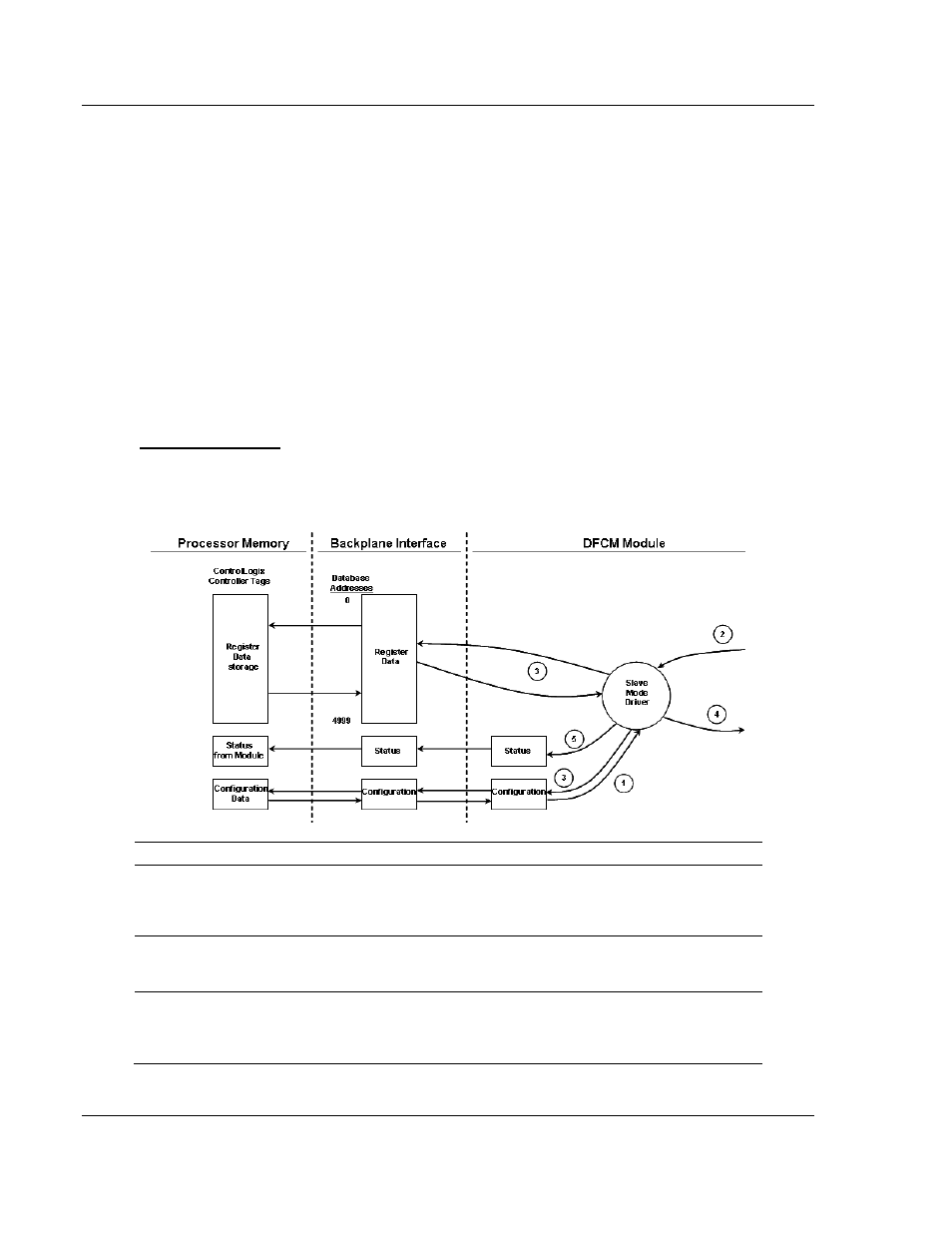ProSoft Technology MVI56-DFCM User Manual
Page 78

Reference
MVI56-DFCM ♦ ControlLogix Platform
User Manual
DF1 Half/Full Duplex Master/Slave Serial Communication Module
Page 78 of 106
ProSoft Technology, Inc.
September 24, 2014
If the DF1 Master port is configured to support the DF1 half-duplex protocol, the
Master port can be used to route messages between slaves. Peer-to-peer
communication is accomplished by the Master constantly polling all the slaves on
the network and relaying the messages received. The slaves must contain ladder
logic with MSG commands to generate and accept messages. This routing can
be used in conjunction with the normal command processing discussed above.
If the slave node to be polled is not included in the command list, a special
command is required in the command list. Enter a 999 in the E
NABLE
C
ODE
and
the slave’s node address in the N
ODE
A
DDRESS
field of the command. No other
parameters are required for a device poll message. This command will force the
Master port to issue an inquiry request to the slave device without first issuing a
command. Any messages held in the slave’s message queue will be sent to the
Master and the Master will route the messages that do not contain the Master’s
station code.
Slave Driver Mode
The Slave Driver Mode allows the MVI56-DFCM module to respond to data read
and write commands issued by a Master on the DF1 network. The following flow
chart and associated table describe the flow of data into and out of the module.
Step
Description
1
The DF1 slave port driver receives the configuration information from the ControlLogix
processor. This information configures the serial port and define the slave node
characteristics. The module simulates N-files to permit remote access of the database.
Each file has a fixed length of 200-word registers.
2
A Host device, such as the Rockwell Automation PLC or an HMI application issues a
read or write command to the module’s node address. The port driver qualifies the
message before accepting it into the module.
3
After the module accepts the command, the data is immediately transferred to or from
the internal database in the module. If the command is a read command, the data is read
out of the database and a response message is built. If the command is a write
command, the data is written directly into the database and a response message is built.
